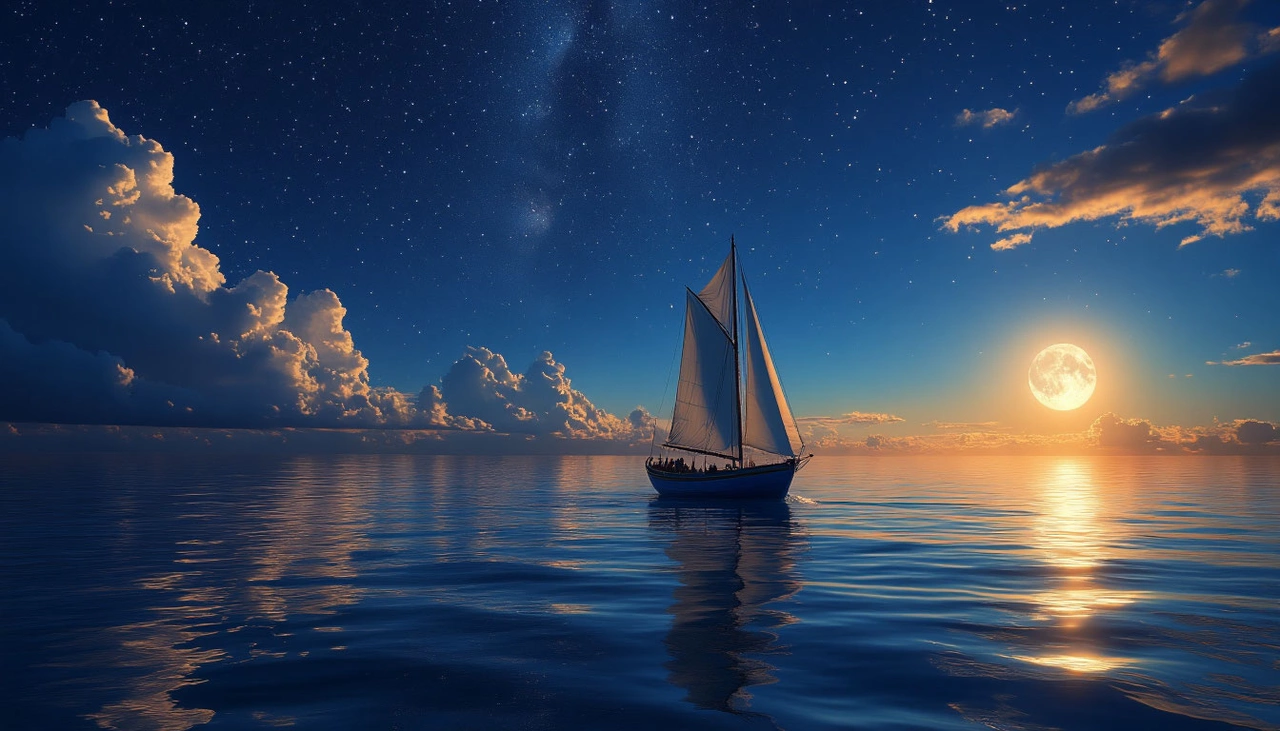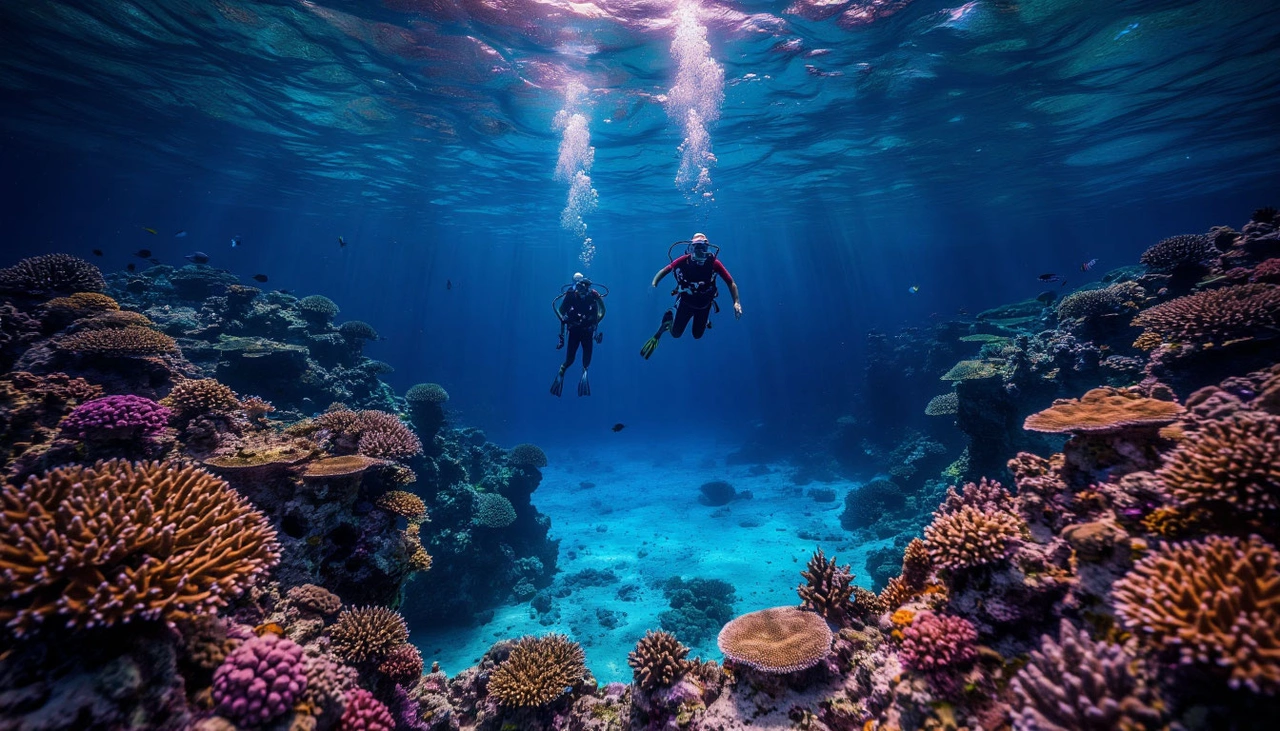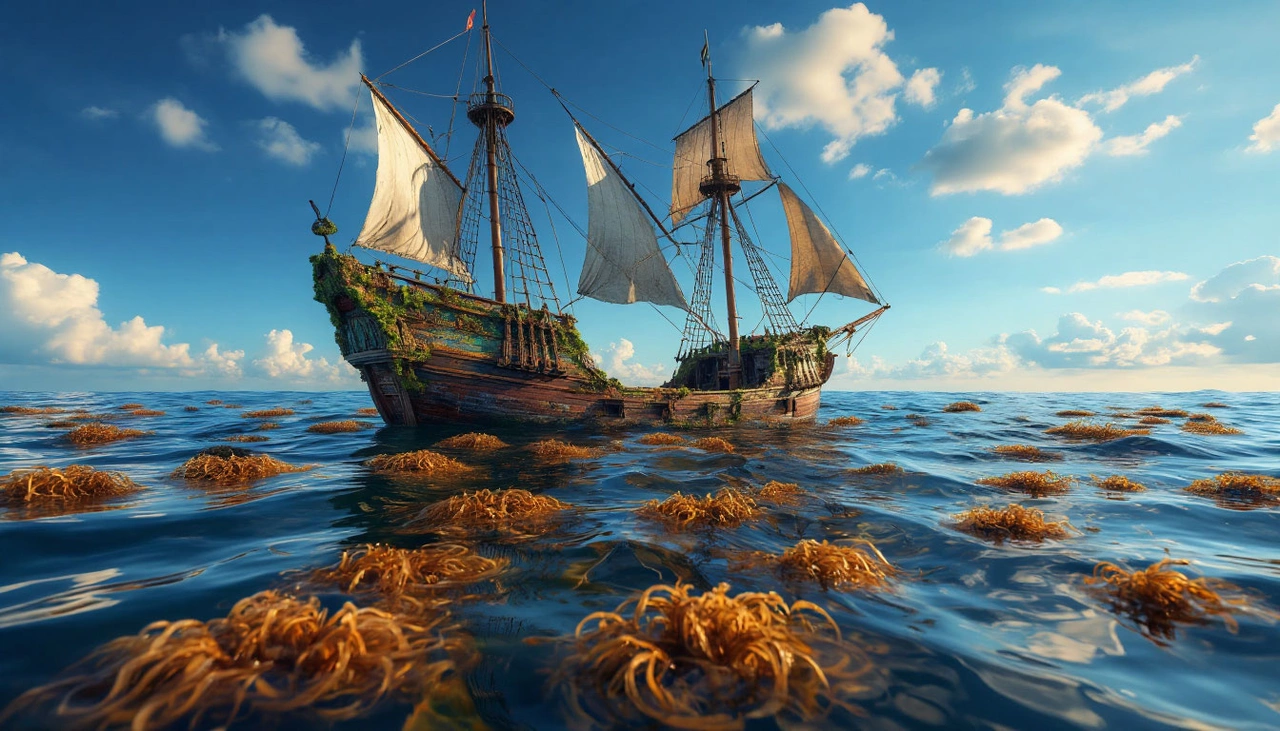🌊 3 Unusual and Dangerous Ocean Zones: What Makes Point Nemo, the Blue Hole, and the Sargasso Sea So Unique
The world's oceans cover over 70% of Earth's surface, yet much of their vast depths remain unexplored. Beneath the waves lie not only breathtaking landscapes and exotic marine life but also truly haunting and treacherous areas. Some oceanic regions have become symbols of human fragility—geographical anomalies where technology fails, civilization is powerless, and survival hangs by a thread. Let’s dive into three of the most fascinating yet dangerous oceanic zones: Point Nemo, the Blue Hole, and the Sargasso Sea.
🛸 Point Nemo: The Ultimate Isolation in the Pacific
Point Nemo, located in the South Pacific Ocean, is known as the "Oceanic Pole of Inaccessibility." This spot is the farthest from any land on Earth—approximately 2,700 kilometers away from the nearest shores, which lie in Chile and New Zealand. What’s even more surreal is that the closest humans are often astronauts aboard the International Space Station passing overhead.
Named after Captain Nemo from Jules Verne's novels, this place perfectly embodies isolation. Radio signals rarely reach it, commercial shipping routes avoid it by hundreds of kilometers, and it is so remote that even the most daring sailors hesitate to traverse this area.
Despite its isolation, some have crossed this region. Renowned Russian adventurer Fyodor Konyukhov famously rowed through Point Nemo alone, describing it as one of the most emotionally intense experiences of his life—a crushing sense of cosmic solitude.

Point Nemo also serves as a “spacecraft cemetery.” Since the 1970s, space agencies have directed decommissioned satellites and space stations to crash here, including the Russian Mir station, minimizing risk to humans and infrastructure.
But the danger lies not just in space debris, but in the utter remoteness. Any accident or technical failure here is life-threatening. Rescue can take weeks, and assistance is virtually impossible. Point Nemo leaves anyone stranded entirely to their own devices—survival depends on luck and preparedness.
💙 The Blue Hole in the Red Sea: Deceptive Beauty and Deadly Depths
Near the Egyptian resort town of Dahab lies one of the ocean’s most notorious dive sites—the Blue Hole in the Red Sea. Seen from above, it appears as a perfect, deep blue circle encircled by coral reefs. This underwater sinkhole plunges about 130 meters deep and connects to the open sea through a narrow arch around 55 meters below the surface.
To divers worldwide, it’s a mesmerizing spot—but also a deadly trap.
At first glance, the Blue Hole seems inviting: calm waters, clear visibility, and gentle currents. But beneath this tranquil exterior lurks a unique hazard—nitrogen narcosis. When diving deeper than 30 meters, the increased pressure causes nitrogen in the air to affect the brain like a narcotic. Divers can experience euphoria, confusion, and impaired judgment—deadly when oxygen supplies are limited.

The arch at 55 meters is especially dangerous. Many inexperienced divers attempt to swim through it, underestimating the risks of pressure, oxygen consumption, and time limits. The result is often disorientation, panic, and sometimes fatal accidents. Over 180 divers have lost their lives here in the past 20 years, commemorated by a memorial on the shore.
The Blue Hole’s allure is undeniable, but only experienced and well-prepared divers should attempt to explore its depths. It’s a stark reminder that underwater beauty can hide lethal risks.
🌿 The Sargasso Sea: Endless and Enigmatic
In the Atlantic Ocean lies a sea with no land boundaries—the Sargasso Sea. Bounded only by four major ocean currents forming a rotating gyre, it sits between the Azores, Bermuda, and the Caribbean. The sea is famous for its clear blue waters and a vast floating carpet of brown seaweed called Sargassum.
Historically, this sea has been the site of numerous “ghost ship” legends. The thick mats of seaweed entangle ship hulls, and the weak winds inside the gyre made sailing nearly impossible for old sailing vessels, leaving crews stranded in an eerie, motionless expanse.

This unique ecosystem supports a wide variety of marine life adapted to the floating seaweed habitat. But for sailors, it was often a watery trap. Even modern boats can lose maneuverability in dense Sargassum patches. The sea seems almost alive in its resistance to movement.
Within the Sargasso Sea lies the infamous Bermuda Triangle, surrounded by myths of disappearing ships and planes. While many of these stories have logical explanations—volatile weather, strong whirlpools, and heavy traffic—the region’s mystique endures.
The Sargasso Sea feels otherworldly—silent, vast, and unnervingly still. Every engine hum or splash sounds out of place, amplifying a deep sense of isolation and mystery.
🌐 Oceanic Wonders and Warnings
Point Nemo, the Blue Hole, and the Sargasso Sea each represent vastly different oceanic phenomena. One is the epitome of isolation, another a deceptively beautiful but deadly dive spot, and the third a vast, shifting sea woven with mystery and danger.
What unites them is the reminder that the ocean is not our domain. Here, familiar landmarks vanish, help is distant or nonexistent, and the rules of the civilized world often fail. Despite our technological advancements—from space exploration to AI—we remain vulnerable in the very environment that nurtured human life.
Perhaps this blend of awe and fear is what makes the ocean so irresistibly fascinating—and why these extraordinary zones continue to capture our imagination.
Close